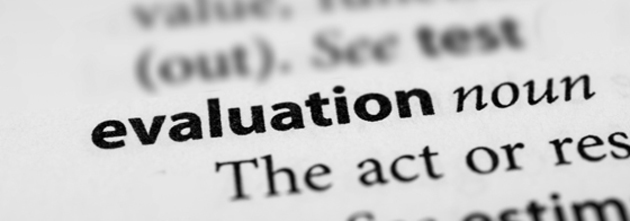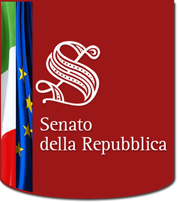Glossario

Teoria del cambiamento. Approccio controfattuale. Effetti. Distorsioni. Analisi costi-benefici. La valutazione di una politica pubblica, oltre a un suo bagaglio teorico, ha un suo linguaggio specifico. Qui una piccola guida - in costante aggiornamento - ai termini e ai concetti fondamentali.
T
Teoria del cambiamento
È la ricostruzione del modo in cui una politica pubblica (v.) dovrebbe funzionare, nelle intenzioni dei suoi decisori, e dei risultati che essa intende raggiungere. Definendo la teoria del cambiamento sottesa a una politica si rende esplicita la sua filosofia di fondo attraverso la descrizione puntuale di come e perché essa intende produrre il cambiamento desiderato. In particolare, la teoria del cambiamento dovrebbe rendere evidente la catena degli eventi e delle relative cause (connessioni causali) in grado di trasformare una determinata realtà nella direzione desiderata. Ciò è particolarmente importante per le politiche che puntano ad incidere sui comportamenti delle persone: esplicitandone la teoria del cambiamento si può distinguere con maggiore chiarezza fra le risorse (finanziarie, umane ed altre) destinate alla politica, i beni attribuiti e i servizi resi ai beneficiari della politica, e i risultati (immediati o a lungo termine) che derivano dai cambiamenti comportamentali attesi presso i beneficiari. In quest'ottica, definire la teoria del cambiamento di una politica costituisce un passo decisivo per disegnarne la valutazione poiché può aiutare a specificare i quesiti valutativi.
La modalità più diffusa per rappresentare una teoria del cambiamento è la redazione di un modello logico che descrive, attraverso una sintesi grafica (di solito un diagramma di flusso), i principali elementi costitutivi di un intervento pubblico, dalla fase di implementazione a quella dei risultati, evidenziando le connessioni logiche fra risorse, attività, servizi e risultati, e segnalando per ogni passaggio logico gli assunti ("se si realizza questo... allora avviene quest'altro") ed i rischi connessi (cioè tutte quelle circostanze che possono sviare la catena delle causalità verso effetti diversi da quelli desiderati).
Theory of change
A theory of change is a reconstruction of the way in which a public policy (see intra) should function, as intended by those deciding on it, and the results it is designed to achieve. By defining the theory of change on which a policy is based its underlying philosophy is expressed through a precise description of how and why it aims to produce the desired change. In particular, the theory of change should clearly set out the chain of events and their causes (causal linkages) that can transform a given reality in the way desired. This is particularly important for policies that are intended to affect people's behaviour. By expressing the underlying theory of change we can distinguish more clearly between the resources (financial, human and other) earmarked for the policy, the assets allocated and the services provided to its beneficiaries, and the immediate or long-term results produced by the expected behavioural changes in beneficiaries. In this light, defining a policy's theory of change is a decisive step in designing its evaluation process since it can help specify the evaluation questions.
The most commonly used way to represent a theory of change is to draw up a logic model that, through summary graphics (usually a flow diagram), describes the main components of a public intervention, from the implementation to the results stage. It highlights the logical linkages between resources, activities, services and results and points out for each logical step the assumptions ("if this happens… then this other thing will happen) and the related risks (i.e., all those circumstances that can divert the causal chain towards different effects than those desired.




